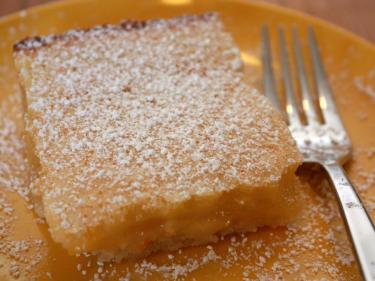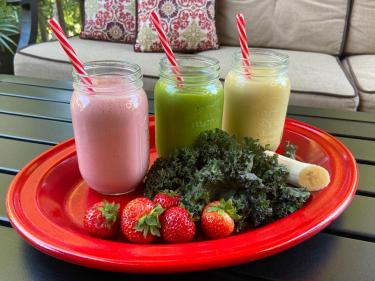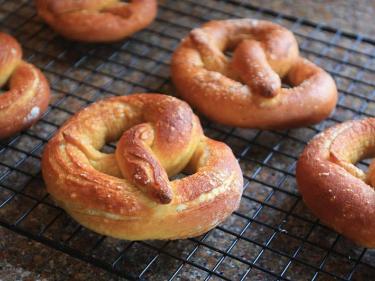Never Boil Corn on the Cob Again!
 Since this summer hasn't really been all that summer-y, maybe try to capture that summer feeling by dining on some of the season's iconic foods. Corn on the cob is one of those. Wonderful sweet ears of white corn from Brentwood and the Central Valley are available now, so grab some while you can. Of course you get bonus points if you're growing it right in your backyard and you can go grab some off the stalk moments before cooking it.
Since this summer hasn't really been all that summer-y, maybe try to capture that summer feeling by dining on some of the season's iconic foods. Corn on the cob is one of those. Wonderful sweet ears of white corn from Brentwood and the Central Valley are available now, so grab some while you can. Of course you get bonus points if you're growing it right in your backyard and you can go grab some off the stalk moments before cooking it.
Our favorite method of cooking corn is to husk it and throw it on the BBQ grill. Get it nice and brown, which gives it a wonderful toasty corn flavor—we had kids fighting over who got the most charred ear of corn at the last family gathering. This method, however, is not always a practical one, especially if you're pressed for time. Normally most people just husk the ears and boil them in some salted water. I discovered an alternate way of cooking corn, one so good that I doubt I'll be boiling corn ever again: the microwave. Yes… the microwave.
We don't do a lot of cooking in the microwave. In our house it's primarily used for frozen foods and reheating leftovers, but it's really the ideal thing for cooking corn on the cob. Here's how you do it: take your ears of corn and put them, husk, corn silk and all, into the microwave. Nuke them on high for about 1-1/2 to 2 minutes per ear, turning them over halfway through the cooking time. When done, take the ears out and wrap them in a clean kitchen towel for five minutes or so. Remove the husk and silk from the ears (careful, they're still hot), slather them up with butter, and serve. You'll notice that the husks and cornsilk come off way easier than they do when the corn is raw, so it's much less messy and time-consuming.
The result to this incredibly easy and quick method is super juicy, sweet corn, with a concentrated corn taste, due to the ears steaming inside their husks. Give it a try—you won't be disappointed, and this will probably become your go-to method of cooking corn.
Photo via Flickr/jspatchwork





